

Accretion of Social Health & Rehabilitation Action -
ASHRA - is an 8 year old Non Profit organisation. We work in close collaboration and partnership with various governments, corporate houses, PSU's, NGO's, technology providers and other organisations with a common objective of developing communities and creating sustainable model of development.

AGRICULTURE, POLYHOUSE, SOLAR ENERGY, RURAL HOUSING, SKILL DEVELOPMENT, RURAL TOURISM
The IRD Project is being setup as a Model where various programs are actually deployed on ground that would serve as references for future adoption and rollouts by the State Organisations.
Rural development aims at improving rural livelihoods in an equitable and sustainable manner, both socially and environmentally, through better access to assets (natural, physical, human, technological and social capital), and services, and control over productive capital that enable them to improve their livelihoods on a sustainable and equitable basis.
ASHRA 1 is an initiative to bring about a change in the lives of rural villages and communities. This is being setup at
ASHRA FARMS which is located in village Mankrola in Haryana. The IRD Project is being setup as a Model where various programs and technologies are being implemented on ground that would serve as references for future adoption and rollouts by the State Organisations.
The basic objectives of our IRD Program are adoption of better agriculture practices, solar energy for meeting power requirements, rural housing alternatives, clean and green eco-system, skill development facility, management and control over sales of crops produced, rural tourism, etc., all aimed at alleviation of poverty and unemployment through creation of basic social and economic infrastructure, provision of training to rural unemployed youth.
Facility for Organic Farming
Poly-houses for growing vegetables
Greenhouse Cultivation for growing non-traditional crops
Planting of trees from a long-term farming perspective
Adoption of Drip Irrigation / Micro Irrigation for crop cultivation to control the usage of water
Soil Testing Facility
Cold Storage Facility
Vermi Composting
Rural Housing
Setting up of a Training & Skill DevelopmentCentre
Internet enabled Kiosks for Access to Government facilities and programs
Setting up a Renewable Energy Facility (Solar) to meet all farming and lighting needs
Marketing Support for Crops Produced
Promoting Rural Tourism
The Program is being implemented in multiple phases. Once completed - it would be a model project where visitors can see the implementation of the above technologies and facilities.
ASHRA 1 would be serving the needs of the nearby villages by providing * free training to farmers on the various agriculture related technologies * free english speaking classes for children * free health camps * vocational skills for the youth, and free health & maternity councelling for women, amongst others.
We have adopted the Integrated Rural Development Program as our key initiative to bring about a change in the lives of Rural villages and communities. We are setting up our first Model IRD Program in 4 acres of land in a village close to Gurgaon in Haryana. This shall be followed by similar Programs in other parts of the country. The following are the key areas of intervention:
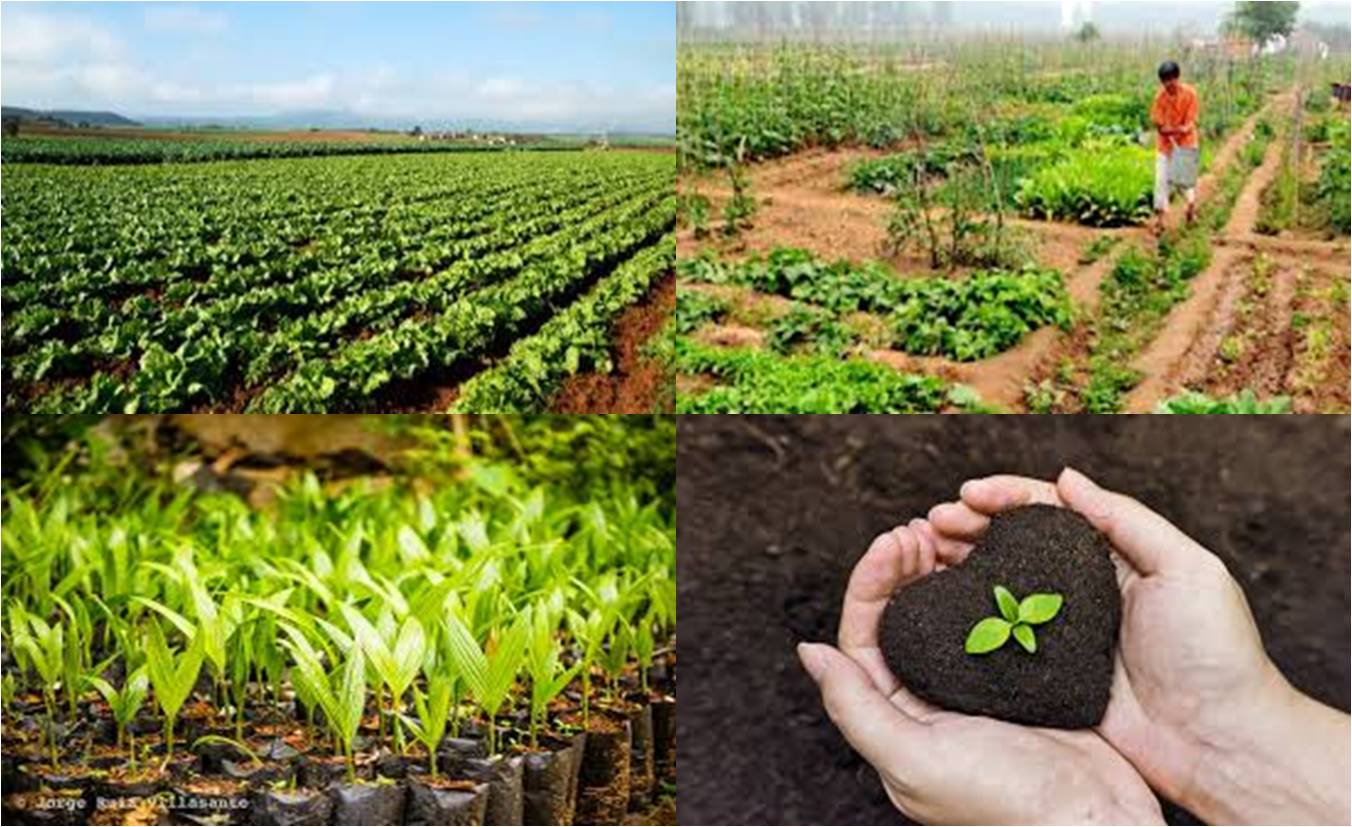
Organic Farming considers potential environmental and social impacts by eliminating the use of synthetic inputs, such as synthetic fertilizers and pesticides, veterinary drugs, genetically modified seeds and breeds, preservatives, additives and irradiation. These are replaced with site-specific management practices that maintain and increase long-term soil fertility and prevent pest and diseases.
Organic agriculture is a holistic production management system which promotes and enhances agro-ecosystem health, including biodiversity, biological cycles, and soil biological activity. It emphasises the use of management practices in preference to the use of off-farm inputs, taking into account that regional conditions require locally adapted systems. This is accomplished by using, where possible, agronomic, biological, and mechanical methods, as opposed to using synthetic materials, to fulfil any specific function within the system.
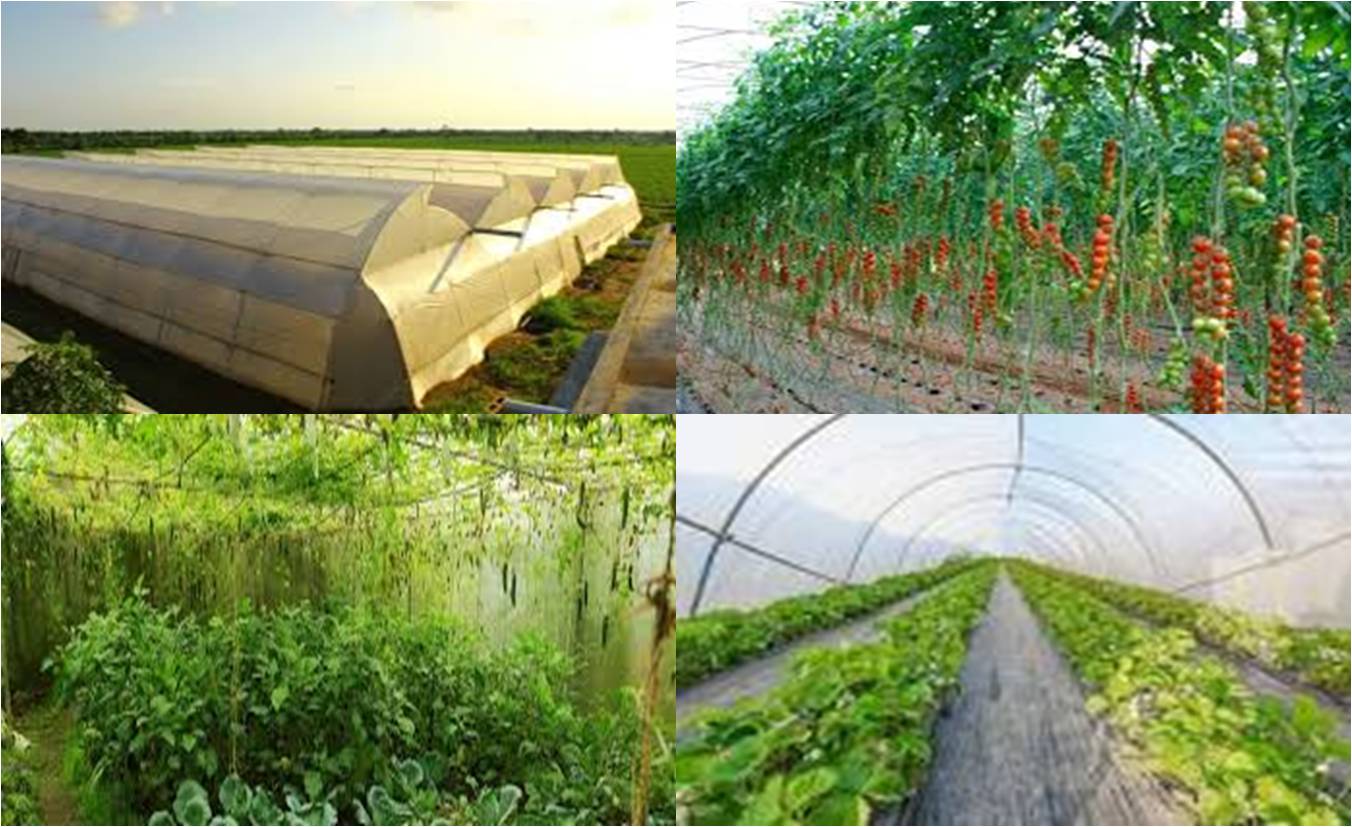
Indian farmers face several challenges such as small land holding, poor yields due to reliance on inefficient methods of farming, too much reliance on natural phenomena such as rainfall and lack of knowledge of modern methods of agriculture.
Polyhouse farming is an alternative new technique in agriculture, gaining foothold in rural India. It reduces dependency on rainfall and makes the optimum use of land and water resources due to assured system. A typical, traditional farm of 4000 square meters (1 Acre) would generate an estimated annual income from Rs. 20,000 to 150,000, (Depending upon type of cultivation i.e. Cereals, Vegetables, and Fruits) whereas estimated annual income from similar sized poly house is Rs. 1,00,000 to 5,00,000. Potentially, playhouse farming can help the farmer generate income around the year growing multiple crops and fetching premium pricing for off-season vegetables.
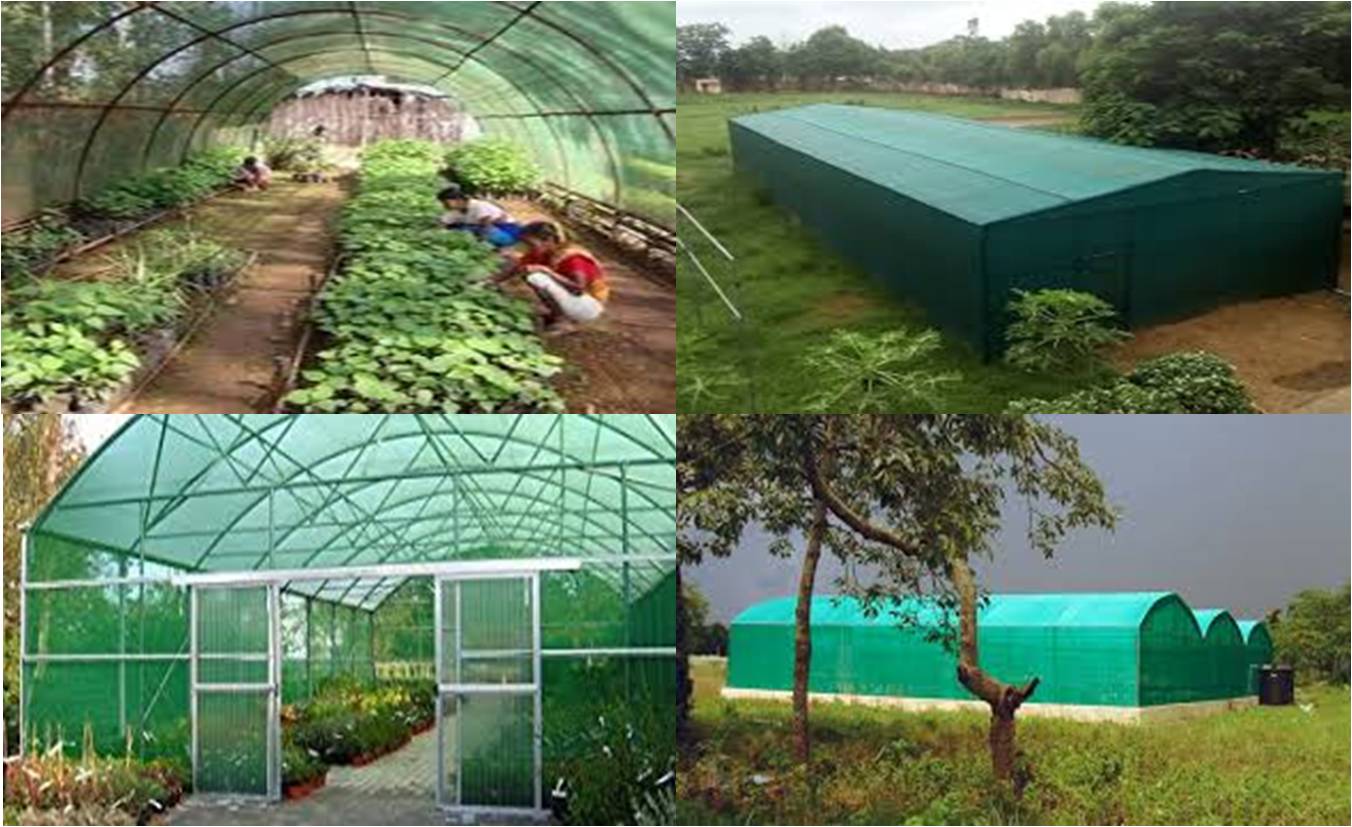
Shadenet house is a framed structure made of materials such as GI pipes, angle iron, wood or bamboo. It is covered with plastics net (Nets are made of 100% Polyethylene thread with specialised UV treatment) having different shade percentages. It provides partially controlled atmosphere and environment by reducing light intensity and effective heat during day time to crops grown under it. Hence round the year seasonal and off-season cultivation is possible.
Shadenets are available in different shade percentages or shade factor i.e 15%, 35%, 40%, 50% 75% and 90% (for example 35% shade factor means - the net will cut 35% of light intensity and would allow only 65% of light intensity to pass through the net).
Each plant has its individual requirements for sunlight and shade under which it flourishes at its best. To create optimum climatic conditions, selection of the correct percentage of shade factor plays an important role to enhance plant's productivity to its optimum.
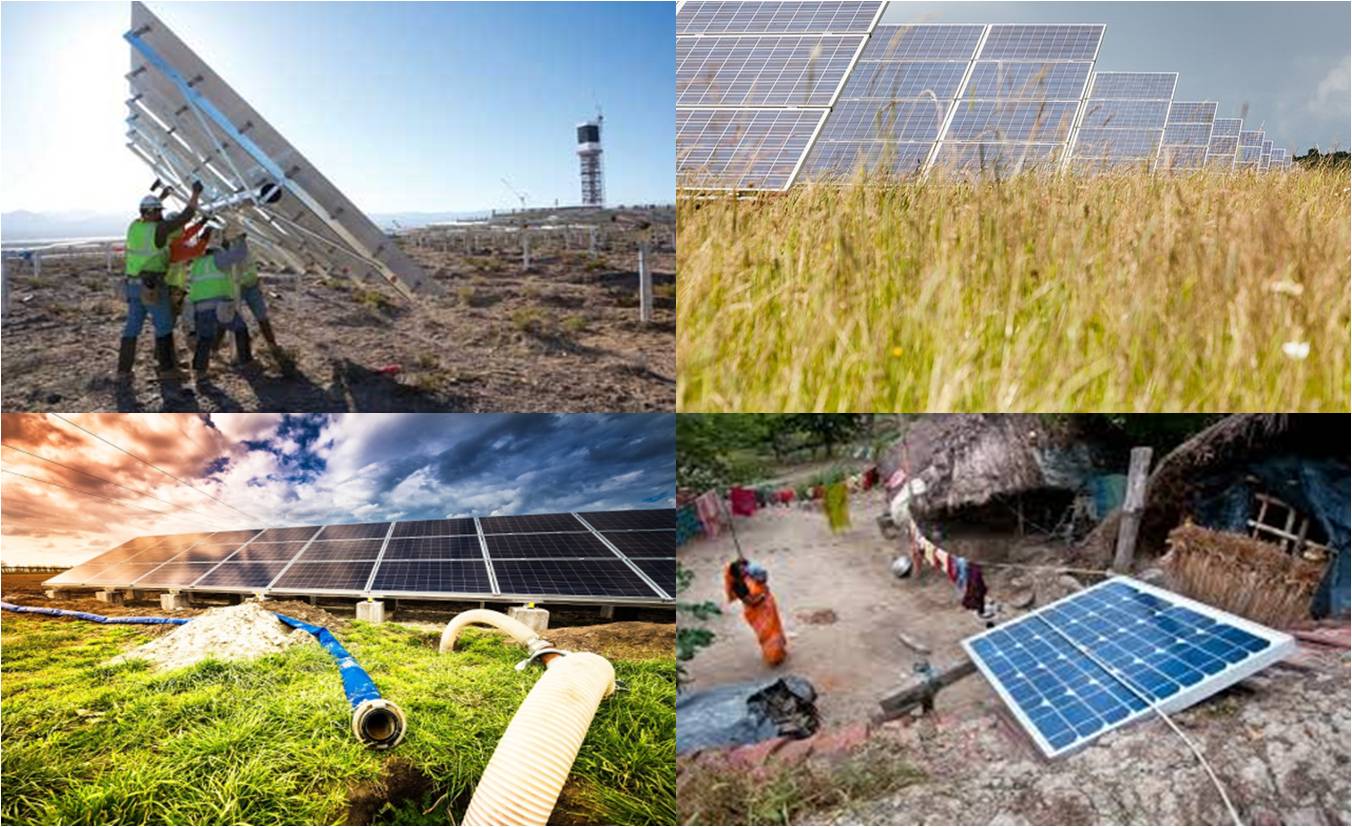
On a solar farm, large amounts of power are generated from sunlight. Since solar energy is collected from a wide area, it is important to view the process as "farming" to "harvest" renewable energy from the sun. Solar farming is an opportunity for those in the agricultural sector to view solar energy as a "replacement harvest" and create cleaner forms of energy by transforming vacant or even underused land into farms that produce electrical energy. Imagine making 12 to 15% or more assured return on investment for 30 years without any up-front money. Having a solar energy system would allow you to produce your own electricity.
Solar energy provides a new kind of experience to farmers in growing their crops. New commercial solar technologies enable farmers to capture solar energy to produce electricity, heat and hot water to enrich their farms, and energy independence to farmers. Solar farms will also play a vital role in reducing greenhouse gas emissions that contribute to global warming. Solar farming is truly environmentally friendly.
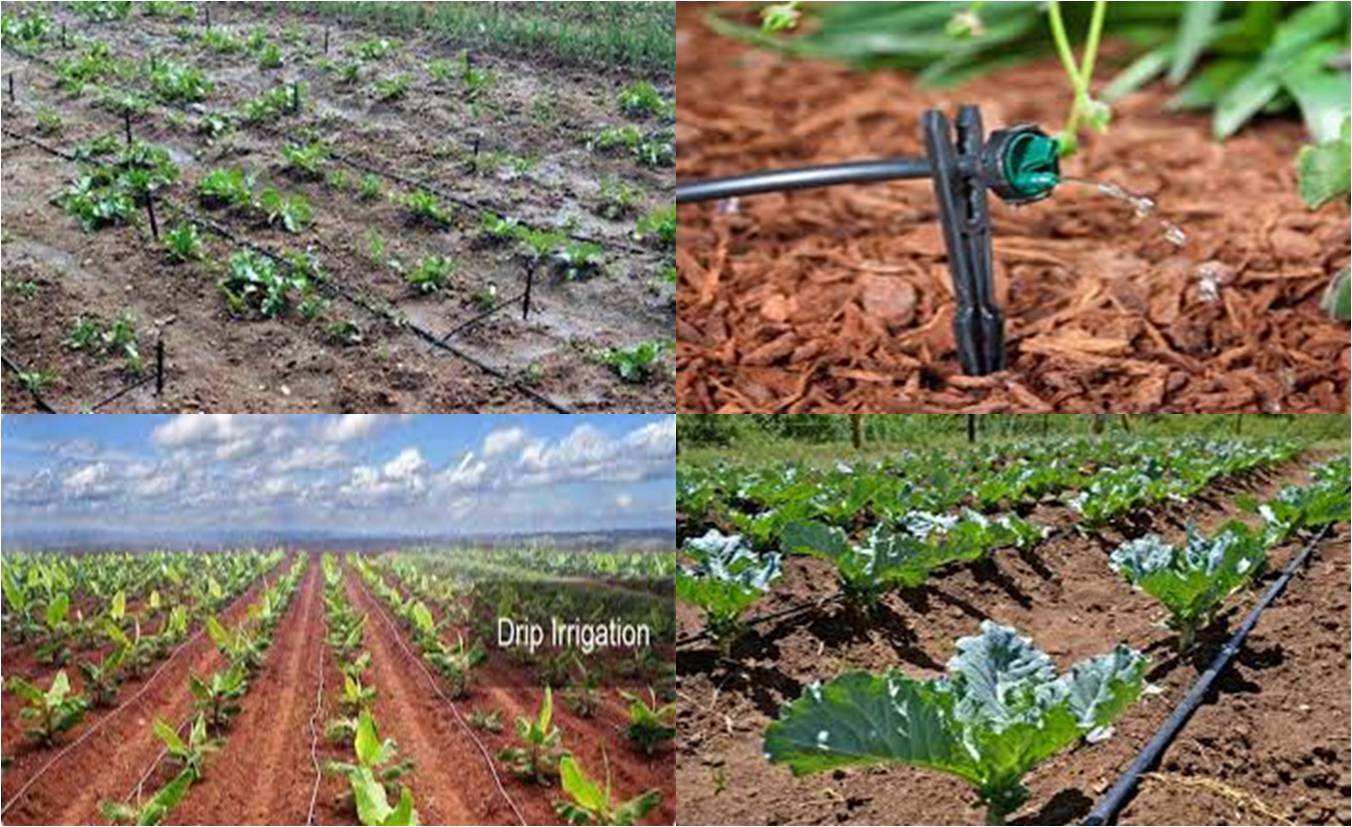
Drip irrigation is the most efficient method of irrigating. While sprinkler systems are around 75-85% efficient, drip systems typically are 90% or higher
Drip irrigation has other benefits which make it useful almost anywhere. It is easy to install, easy to design, can be very inexpensive, and can reduce disease problems associated with high levels of moisture on some plants.
Drip irrigation (sometimes called trickle irrigation) works by applying water slowly, directly to the soil. The high efficiency of drip irrigation results from two primary factors. The first is that the water soaks into the soil before it can evaporate or run off. The second is that the water is only applied where it is needed, (at the plant's roots) rather than sprayed everywhere. Drip systems are simple and pretty forgiving of errors in design and installation.
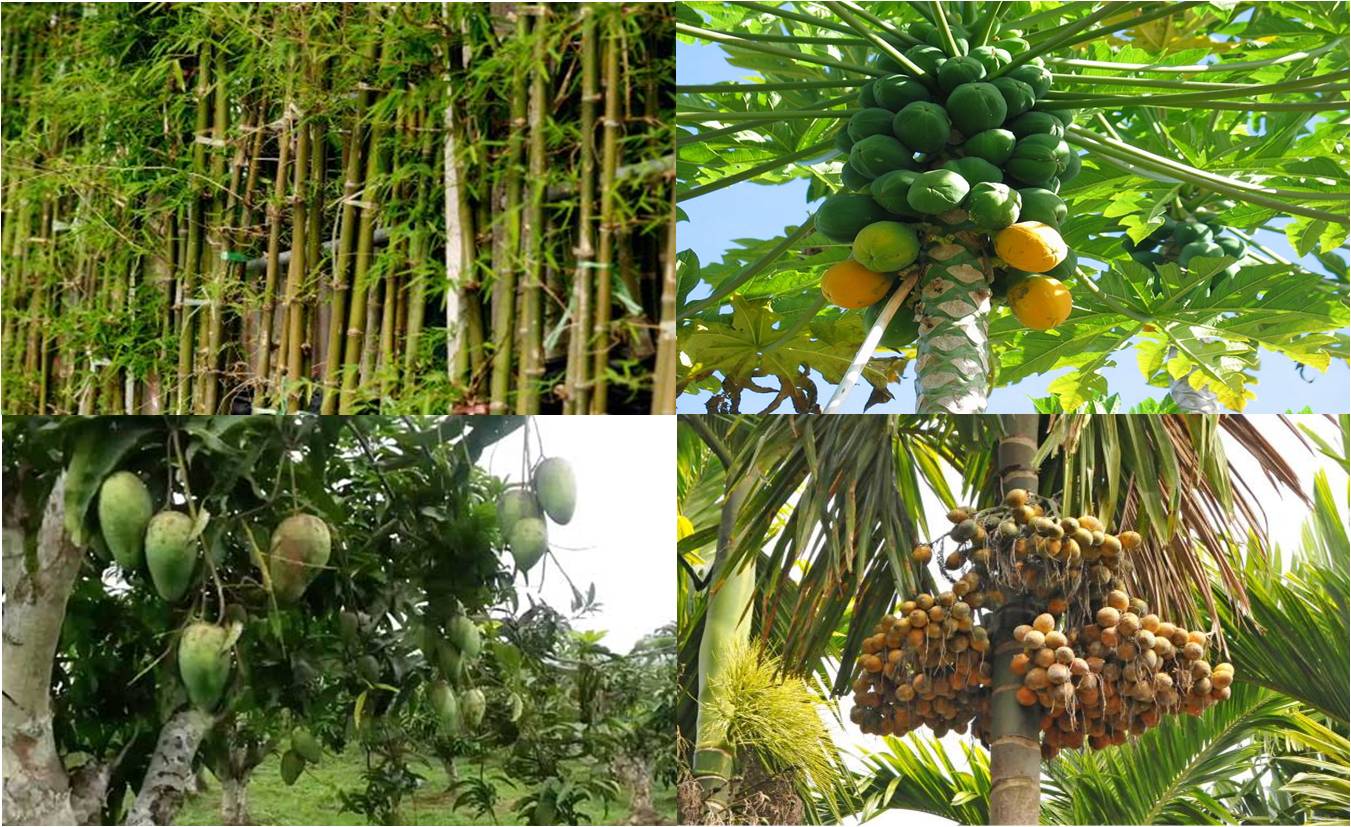
Tree farming is a good alternative for landowners to consider in making long-term investments in their land resources. Cultivation of traditional crops is giving way to the highly profitable cultivation of eucalyptus, poplars, teak and other similar trees. Farmers who made the switch two years ago are now reaping a rich harvest. While foodgrains fetch an annual profit of Rs 2,000 per acre, the trees which in two to three years grow to over 50 ft yield, at a minimum, Rs 75,000 every five years (roughly Rs 1,200 a month) per acre. Tree farming also cuts down on overheads like labour, fertilisers and insecticides. At this juncture, only prosperous farmers who can afford to wait for three to four years, have taken to tree farming in a big way. Small farmers have started planting trees on the borders of their holdings. But thanks to the economics of tree farming, the earnings of these farmers should increase appreciably.
ASHRA 1 facilitates the setting up of a permanent programme for the reforestation of denuded forests and creating small plantations in villages which can supplement the fuel and timber needs of the villagers.
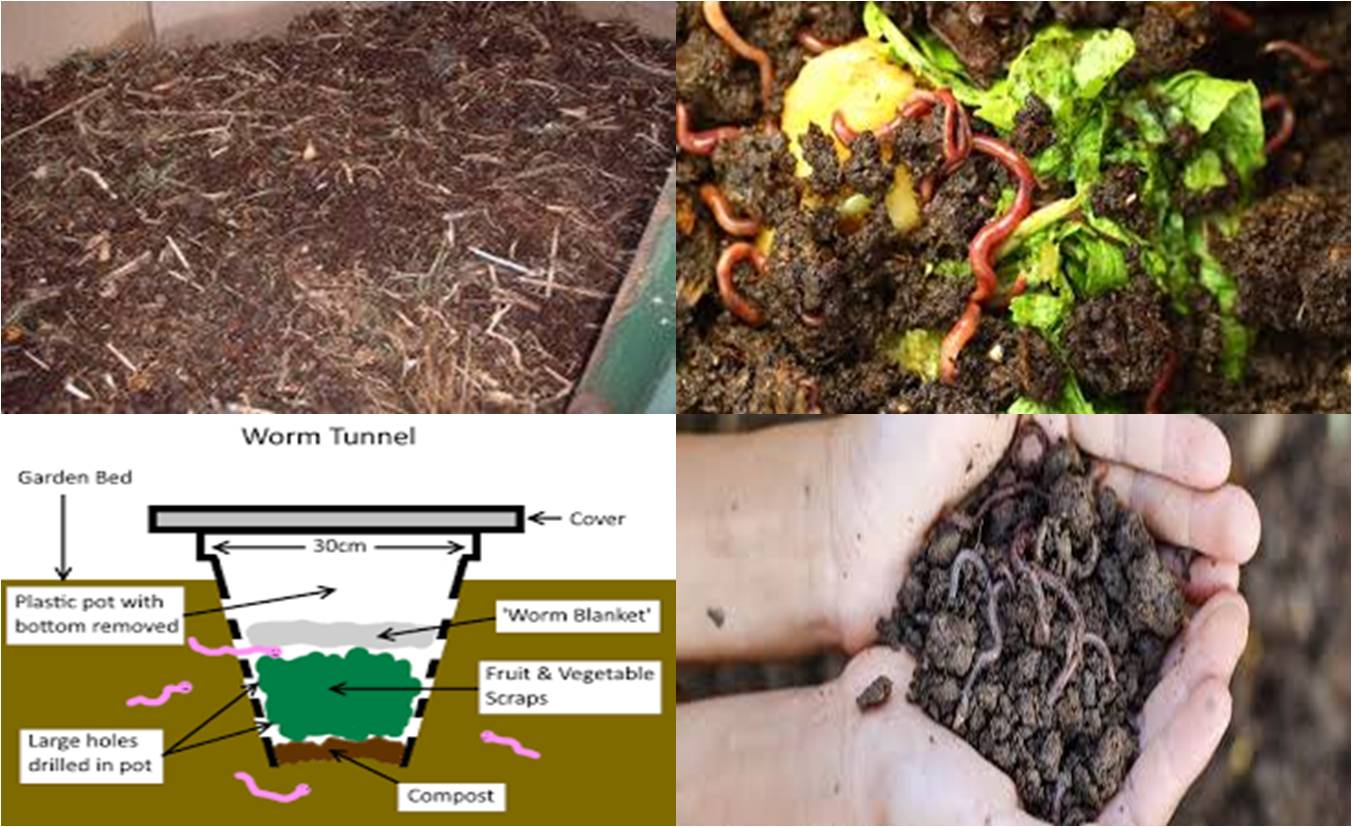
Vermicompost (or vermi-compost) is the product of the composting process using various species of worms, usually red wigglers, white worms, and other earthworms, to create a heterogeneous mixture of decomposing vegetable or food waste, bedding materials, and vermicast. This process of producing vermicompost is called vermicomposting. Vermicast (also called worm castings, worm humus or worm manure) is the end-product of the breakdown of organic matter by an earthworm. These castings have been shown to contain reduced levels of contaminants and a higher saturation of nutrients than do organic materials before vermicomposting.
Vermicompost contains water-soluble nutrients and is an excellent, nutrient-rich organic fertilizer and soil conditioner. It is used in farming and small scale sustainable, organic farming. Worm castings are nitrogen rich fertilizers. When used as an additive it has many benefits to the plants and soil. For instance, plant growth with vermicomposting has enhanced germination, growth, and crop yield
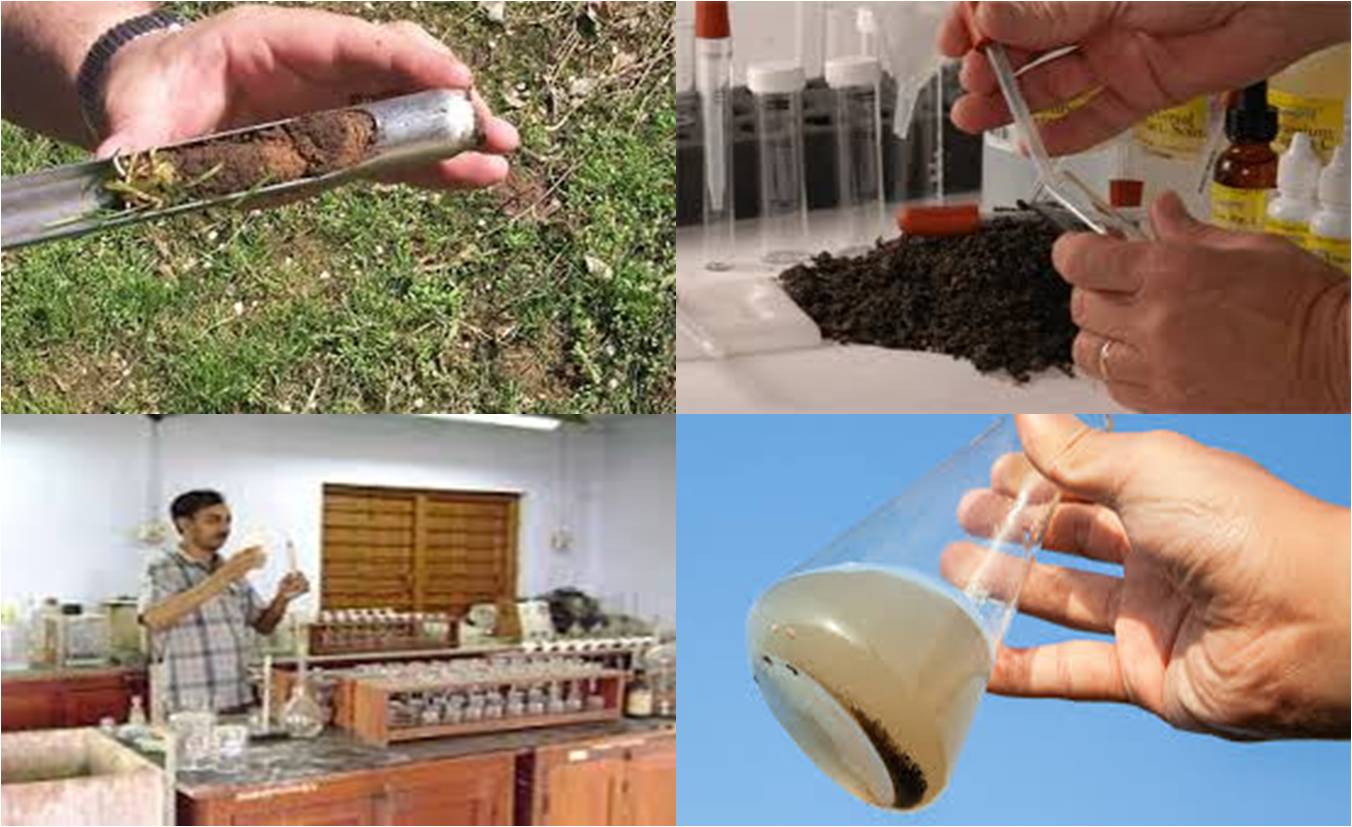
Good, fertile soil drives agricultural production, and a detailed understanding is the first step towards realising its full potential. Soil analysis is fundamental to understanding your soil and soil testing facilities provide you with a detailed analysis to form the basis for specific soil fertility and/or ameliorantion required to correct physical or chemical soil imbalances.
Soil sampling and testing provides an excellent inventory of plant available nutrients and other soil factors important for crop production. This inventory serves as a basis for recommending additional nutrients to improve crop production on an individual field basis. Soil nutrient levels vary from year to year, and frequently will vary within fields, even on fields that seem to be uniform. It is therefore necessary to follow recommended steps for soil sampling and testing to develop a sound soil fertility management program.
An understanding of general nutrient status can be obtained for a field when regular soil tests are conducted.
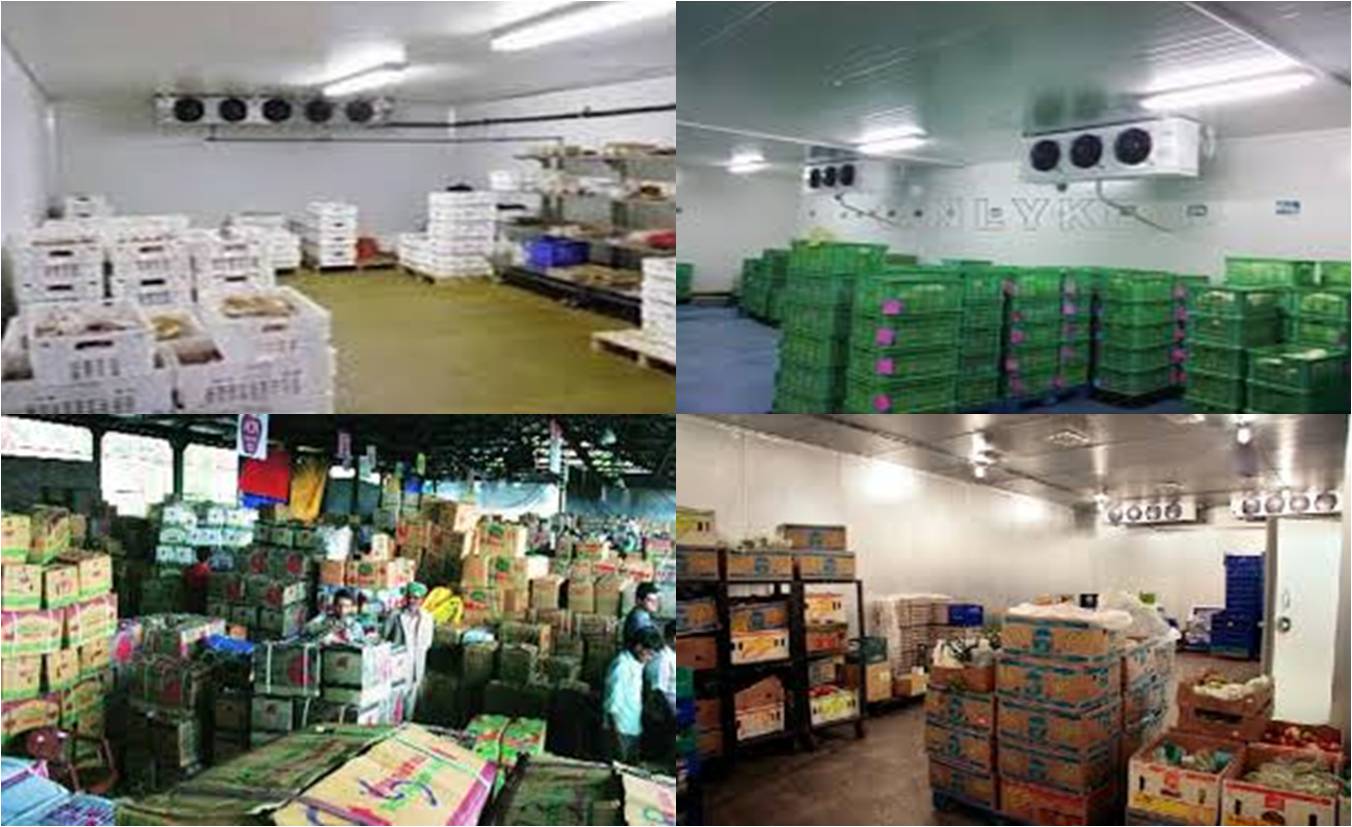
India is the largest producer of fruits and second largest producer of vegetables in the world. In spite of that per capita availability of fruits and vegetables is quite low because of post harvest losses which account for about 25% to 30% of production. Besides, quality of a sizable quantity of produce also deteriorates by the time it reaches the consumer. Most of the problems relating to the marketing of fruits and vegetables can be traced to their perishability. At low temperature, perishability is considerably reduced and the shelf life is increased and thus the importance of cold storage or refrigeration.
The estimated annual production of fruits and vegetables in the country is about 130 million tonnes. This accounts for 18% of our agricultural output. Due to diverse agro climatic conditions and better availability of package of practices, the production is gradually rising. Although, there is a vast scope for increasing the production, the lack of cold storage and cold chain facilities are becoming major bottlenecks in tapping the potential. The cold storage facilities now available are mostly for a single commodity like potato, orange, apple, grapes, pomegranates, flowers, etc. which results in poor capacity utilization.
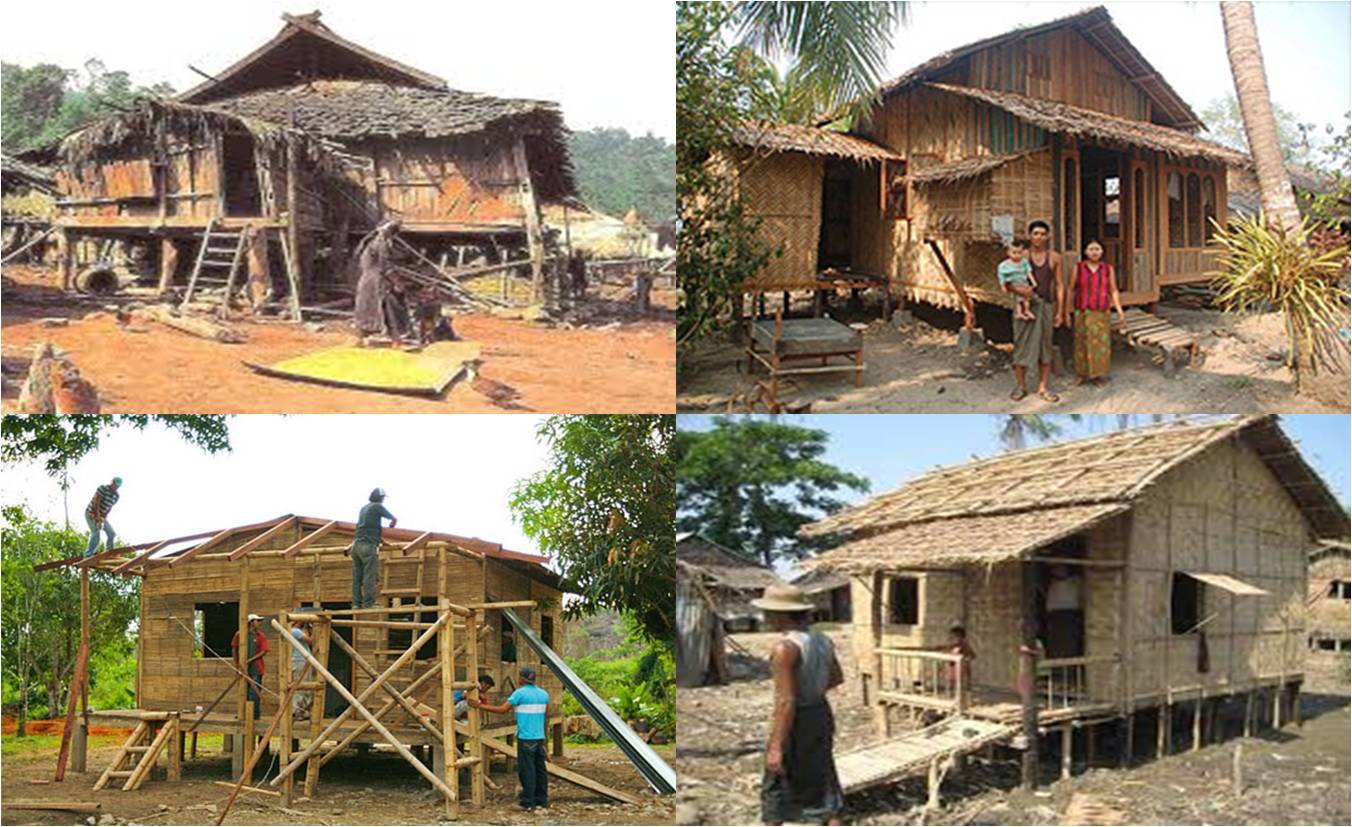
Bamboo is one of the oldest and most versatile materials used for construction of houses and other structures. As a building material, it is relatively inexpensive, easy to work with and readily available in most countries where bamboo grows, besides providing a service life of up to 50 years. The importance of this tree for the construction sector has received increased attention in recent years, as shelter for the homeless continues to be a serious problem throughout the developing world. In India, it is estimated that there will be a shortage of 39 million dwelling units by the end of this century. Also, the steady growth in population has increased pressure on availability of conventional building materials.
Of all the advantages of bamboo housing technology, the most important is that its low-cost without sacrificing quality and durability. A 400 sq ft house in a village, which costs Rs. 1.75 to Rs. 2 lakh with conventional materials, can be built for Rs. 1.25 lakh if bamboo is used. Furthermore, a bamboo house takes very little time for assembly. This becomes critical especially in times of disaster management, providing quick relief or rehabilitation.
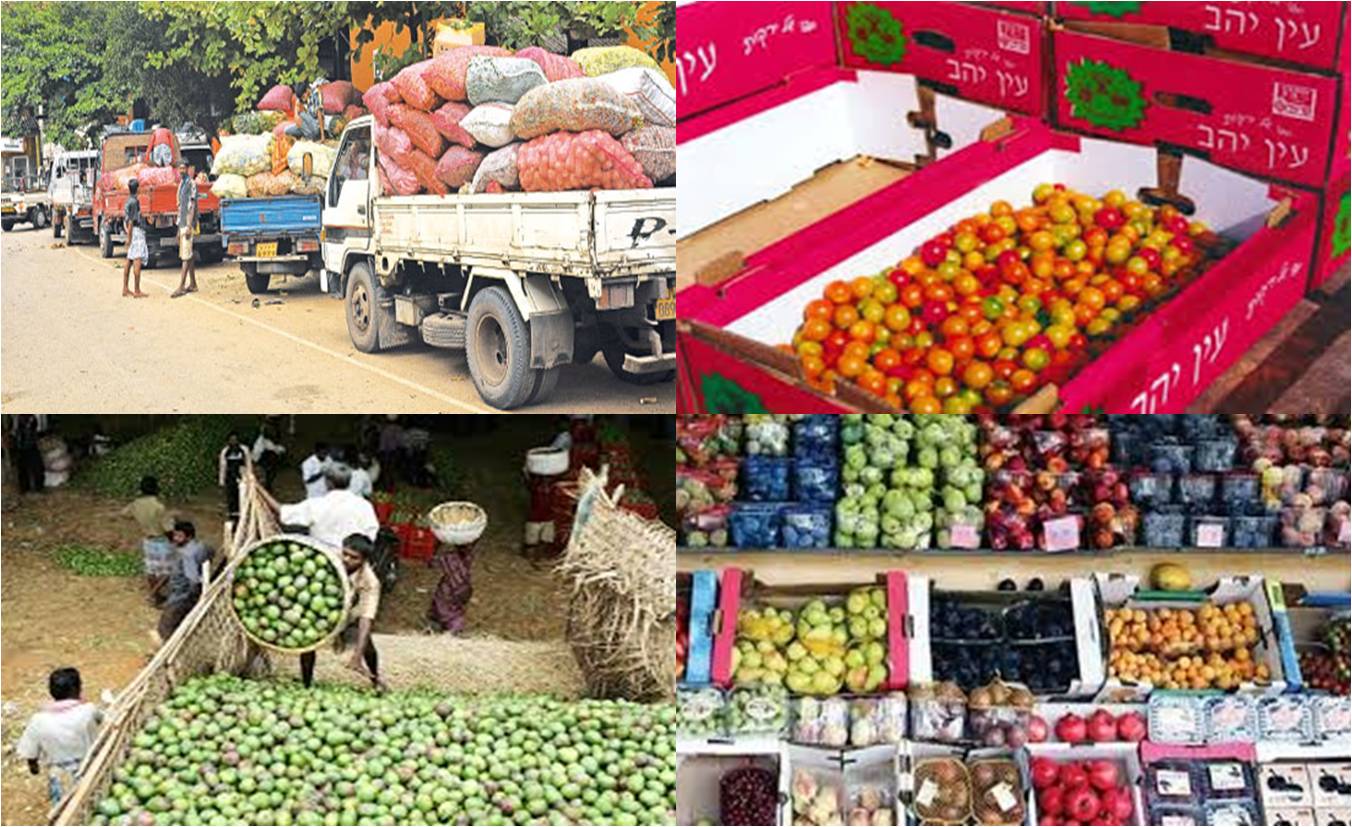
Agricultural marketing system is an efficient way by which the farmers can dispose their surplus produce at a fair and reasonable price. Improvement in the condition of farmers and their agriculture depends to a large extent on the elaborate arrangements of agricultural marketing.
The term agricultural marketing include all those activities which are mostly related to the procurement, grading, storing, transporting and selling of the agricultural produce. "Agricultural marketing comprises all operations involved in the movement of farm produce from the producer to the ultimate consumer. Thus, agricultural marketing includes the operations like collecting, grading, processing, preserving, transportation and financing."
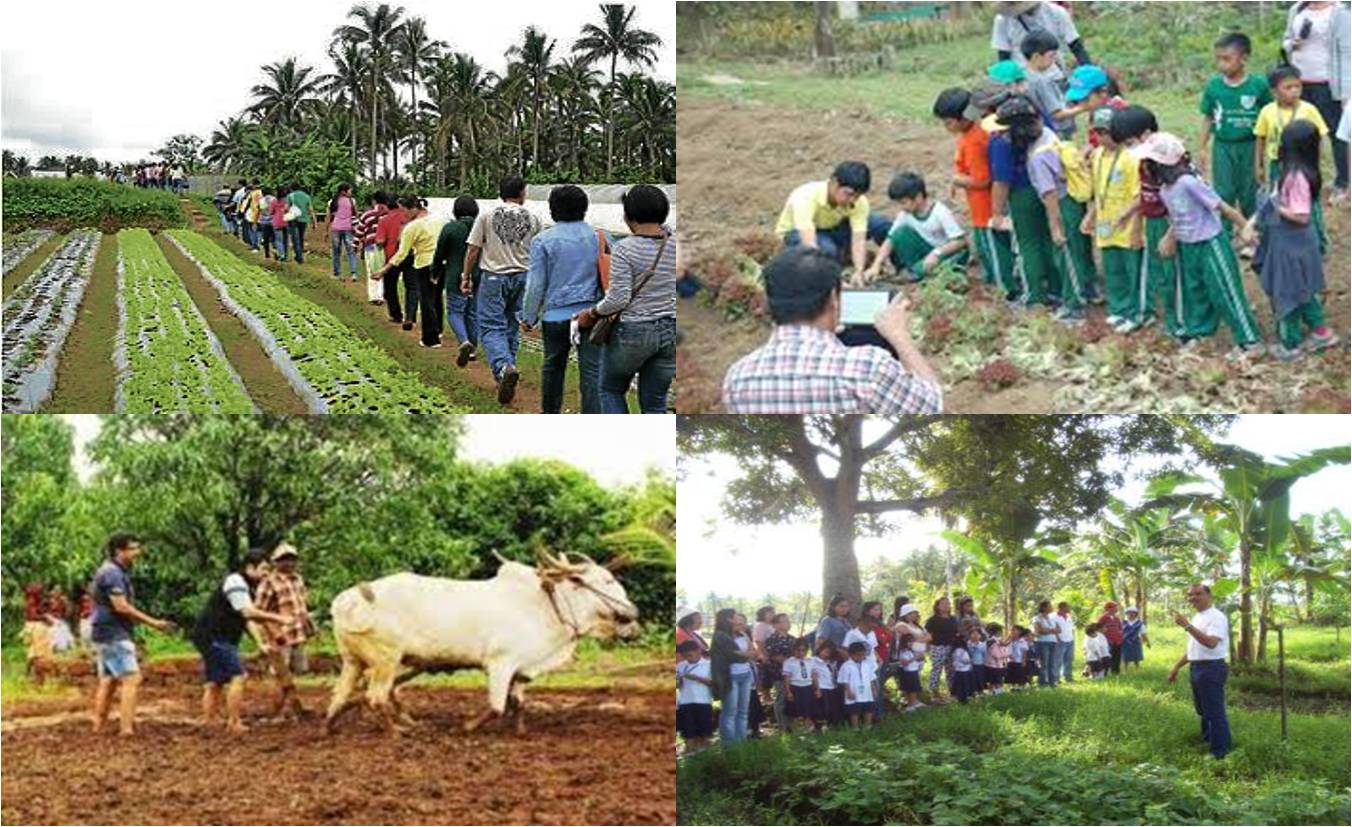
Tourism growth potential can be harnessed as a strategy for rural development. The development of a strong platform around the concept of rural tourism is definitely useful for a country like India, where almost 70% of the population resides in its villages. It is multi-faceted and may entail farm/agricultural tourism, cultural tourism, nature tourism, adventure tourism, and eco-tourism.
One of the main attractions of rural holidays is the personal interaction with local residents, so hosts and guests are able to share ideas and knowledge and consequently tourism can fulfill its role as the "industry of peace", as a tool of mutual understanding. Rural tourism is a challenging service among the landscapes and cultural heritage of rural communities. Tourism has many potential benefits for rural areas. This activity generates local incomes, employment and growth of welfare and is a valuable contributor to rural economy. Rural tourism can serve as an important source of tax revenues for local jurisdictions and promotes the usage and sale of local food products. Rural tourism prevents viable traditional occupations from being displaced and offers rural residents the business opportunities and creates new employment opportunities.
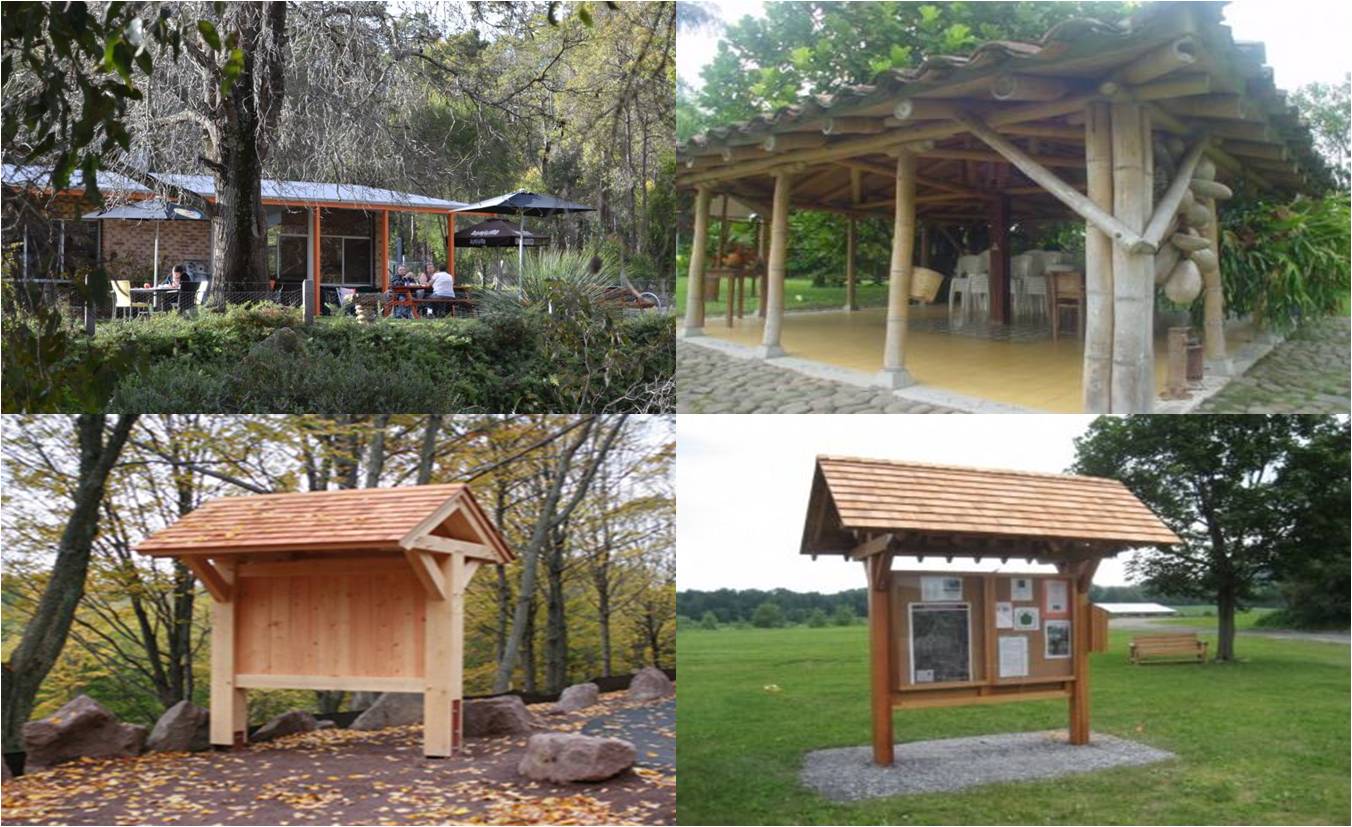
Indian farmers are second to none in production and productivity despite of the fact that millions are marginal and small farmers. They adopt improved agriculture technology as efficiently as farmers in developed countries. It is felt that with provision of timely and adequate inputs such as fertilizers, seeds, pesticides and by making available affordable agricultural credit /crop insurance, Indian farmers are going to ensure food and nutritional security to the Nation. It is envisaged to make available relevant information and services to the farming community and private sector through the use of information and communication technologies, to supplement the existing delivery channels provided for by the Agro department.
The onsite internet enabled Information Kiosk shall enable a farmer to get all relevant information on specific subjects around his village/block /district or state. Farmers will also be able to ask specific queries as well as give valuable feedback through the Feedback module specially developed for the purpose.
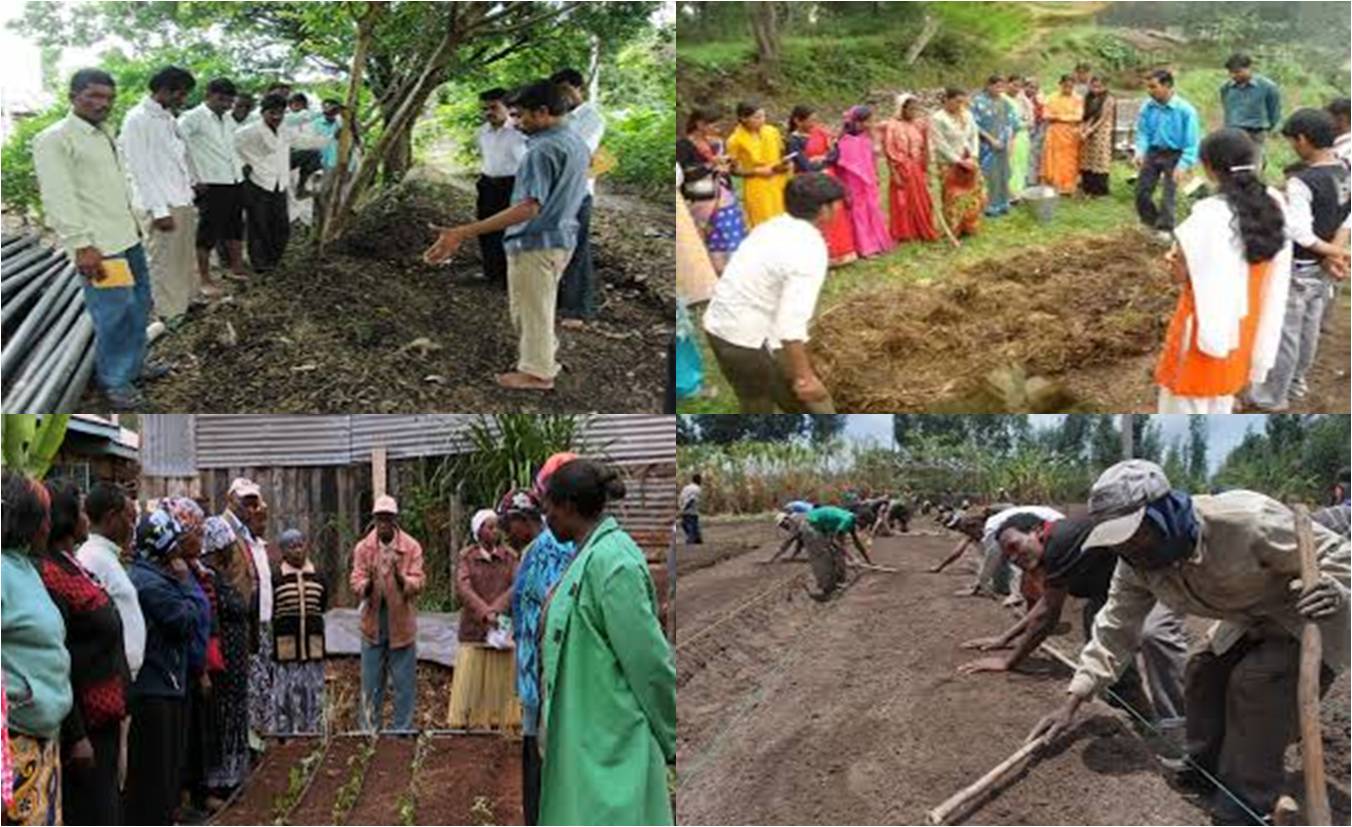
Farmers' training is provided at ASHRA 1. These training classes may be conducted on specific topics like the use of urea or vast topics like packages of practice. The new information that farmers gain through these training sessions makes their daily farming activities much easier. It also leads to an increase in productivity and bigger profits in the long run.
The trainings would also encourage production and use of organic and biological sources of nutrients like biofertilizers, organic manure, compost for sustained soil health and fertility and improving soil organic carbon and to promote production and use of biopesticides, bio-control agents etc as alternative inputs in organic farming.
Training centers present all the relevant information encompassing latest Technologies, solutions, exhibitions and demonstrations of implements, tools,sale of quality agri inputs and Services Farmers would be given hands-on training on most of the facililities available.
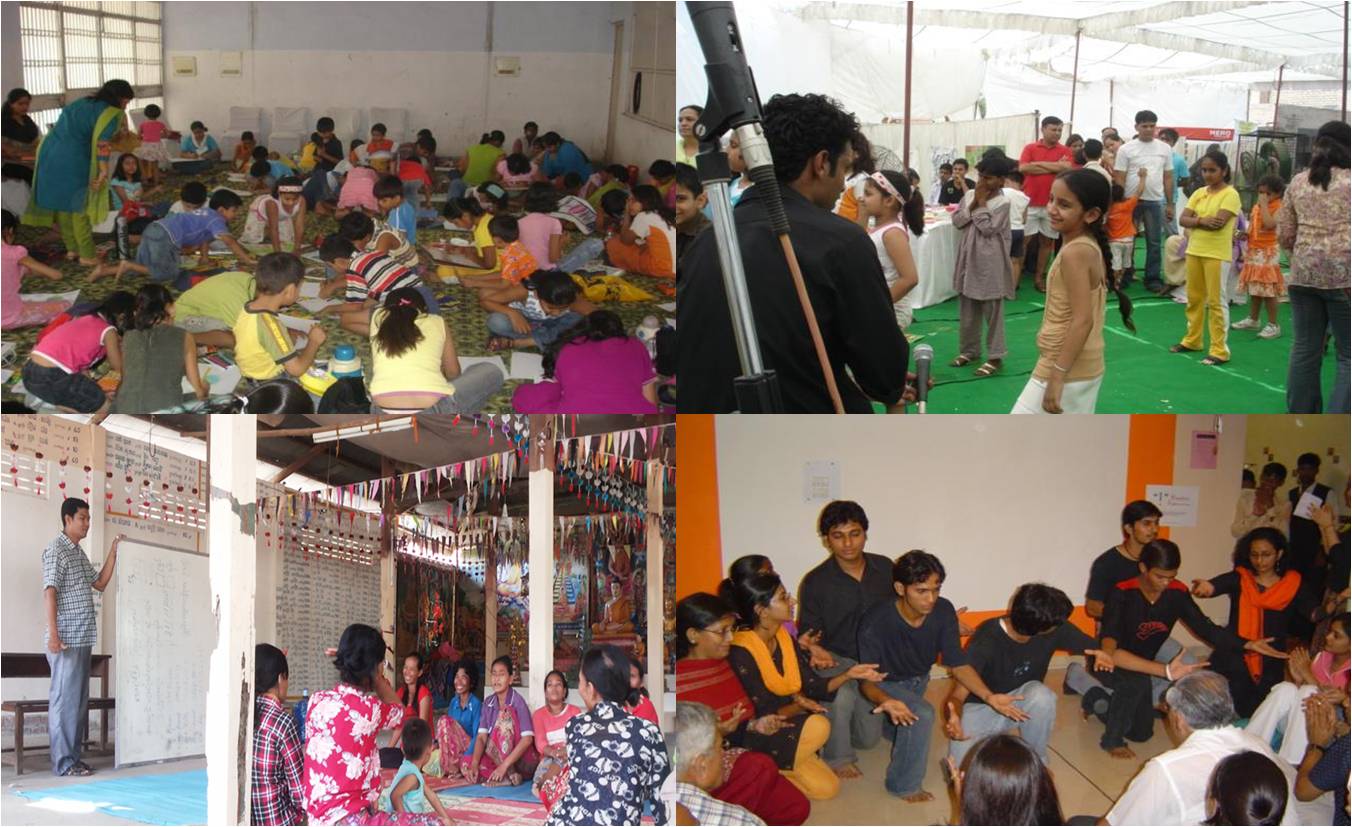
Rural India is not only rich in natural resources but also produces the bread butter for the whole nation. In spite of such an enormous potential in rural India, thousands and millions of youth migrate every day to the urban areas in search of employment and livelihood. This is only because of the lack of development in rural areas. For want of well established infrastructure in rural areas, lack of facilities for education and financial support, a huge portion of the rural human resources goes waste.
There is, therefore, a need for enhancement of knowledge and development of skills in the rural population, especially in the youths. There is also a need to develop an infrastructure in the rural India exclusively for the skill development of the youths of these areas. This will churn out a big workforce of skilled youths every year which will in turn contribute in the development of Indian Economy.
ASHRA 1 would be providing free / low cost training to the rural community related to Education, Healthcare, Livelihood, etc.
Over the past few years we have been organising various awareness programs in various districts of the country. Some of the major initiatives that are conducted on an Annual basis are as below:
We organise three days Mahila Jagrookta Prachar Abhiyan programmes. The latest were in three districts - Etawah, Auraiya and Mainpuri in U.P. These were capacity building legal literacy camp in which about 125 women and children participated. The Abhiyan was attended by people from all walks of life and the attendants felt that this kind of programme is very useful to a society like ours where a woman's awareness about her fundamental rights is very low. Further they were informed about various kinds of schemes formed and executed by different departments of the government concerning the welfare of women either, be it in education, employment or technical guidance etc. The attendants realized the need for education and agreed to send their children - particularly the girl child to school.
We organise Literacy Training Camp for 2 months and the latest one had 300 people from different districts such as Kannauj, Etawah and Auraiya in U.P. taking part in it. The primary objective is of involving them in the development of the knowledge of literacy for our youth group. Experts from various other NGO's are also invited to conduct these sessions. With these inputs, the Society has developed a confident power among the youth to take a step forward in removing the problem of illiteracy from the society.
We organise week long awareness drives of Pulse Polio. The latest one was in District Etawah where we covered 225 beneficiaries and created awareness about the importance of poli vaccinations. About 400 people attended our camp. Programmes are also organised to educate the villagers on the importance of non-formal education. In 10 villages films were also shown to educate the people on various issues which were discussed in detail with examples. The villagers were asked to safeguard themselves and their families.
We organise 4 days National Festival and Cultural Programme. The latest was at block Ajeetmal, distict Auraiya (Urban area) where more than 200 people participated.
We organise month long Family Welfare Programs. The latest one at KANPUR DEHAT, Auriya and Mainpuri district in U.P had about 200 women participating. The program deals with the importance of small family sizes and the constraints and resultant issues such as a high level of reluctance on part of the villagers to adapt to various family planning methods, the resultant population explosion causing deterioration in available resources like food, education, housing, employment opportunities etc. A camp was organized by the society at these Districts to spread awareness about the bad effects of disproportionate growth in the population, audio visual techniques were used to make the presentation more effective and at the end of the camp condoms and contraceptive pills were distributed among the villagers.
We organise 2 week programmes on the occasion of Environment Day. The latest seminar was held at Etawah, Auraiya and Mainpuri district in U.P, which laid stress on the impact of pollution on the human health and environment. The eminent speakers discussed the factors leading to increase in all types of pollution including water air and sound pollution. It was felt that there is an immediate need in speeding up the process of removing old vehicles, reducing the use of plastics and compulsory use of effluent treatment plants by the industries and all other methods which can be helpful in reducing and controlling pollution.
On Pollution Day, the Society organised a programme comprising of a painting contest and a debate on pollution. 190 students participated and plants were distributed to citizens for plantation.
We organise 3 week long sanitation awareness programme on Environment Day to spread the awareness of safe drinking water. The latest programme was organised at Aharavakatra, district Auriya, U.P and 345 people took part. The programme was very successful in imparting the basic knowledge and interest. Further they were informed about various associations that can be approached in case of any need of guidance and support. The programme was highly appreciated by attendants of the programme.
We organise 3 week long Health Programmes to spread awareness on the ill effects of drug abuse. About 160 people attended our camp. Programmes were also organised to educate the villagers on the importance of non-formal education. In 10 villages of block Chakar Nagar, District Etawah, U.P., films were shown to educate people on various issues which were also discussed in detail with the use of examples. The villagers were asked to safe guard themselves and their families from drug addiction. The villagers were convinced and took the advantage of the programme.